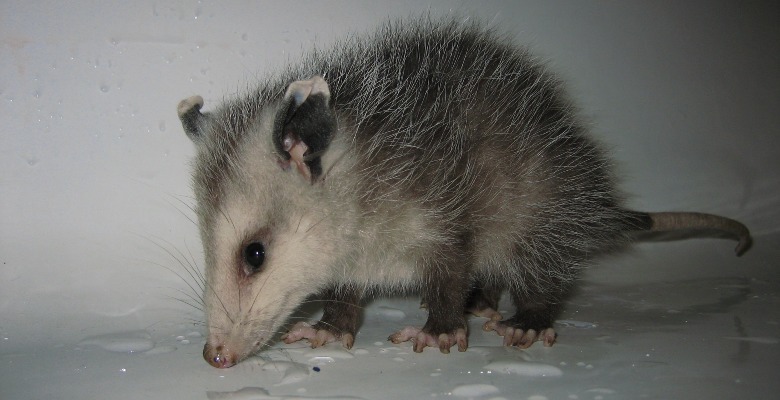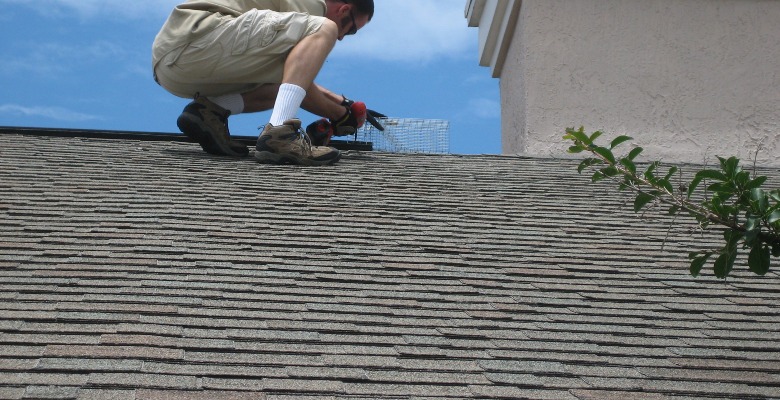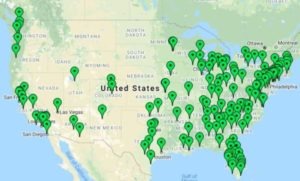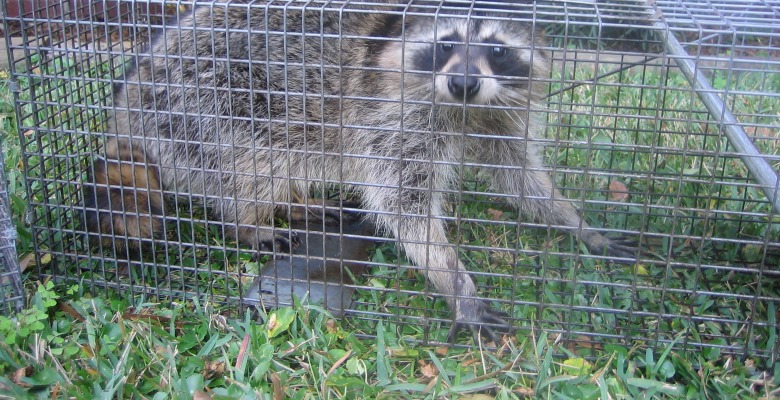Wild animals can expose humans and pets to a number of diseases. Some of these issues, like rabies, are well-known, but others may not be so...


It’s you’re lucky day; you’ve finally found a website that talks about wild animal repellant. Finally, you’re about to find out what you need to buy, how much of it to use, and how long it will take for your wildlife problems to go away and never return! Is it going to be peppermint oil? Lemon rinds? Predator urine? mothballs? Or are you about to read about an ancient, secret method only the Incans knew about? If you’re not laughing yet, you should be.
What you’re really going to read about is animal repellants–and why most of them don’t work. Ever see crows sitting on a scarecrow in a field, obviously carefree and unconcerned? Yeah, it just about always happens like that. Humans have tried dozens of homemade and store-bought repellants over the years, and most of them don’t work, and many of them cost you more than you really want to spend.
Let’s first look at sound and ultra-sonic repellants. These are marketed as emitting frequencies that nuisance wildlife can’t tolerate. It seems like they should work, after all, scary sounds chase animals away, don’t they? Sound repellants work best for birds, especially geese that are nesting in public areas. A loud bang goes off, the geese fly away. The only problem is… the geese come back. The same goes for animals inside your home or around your yard. IF a sound does scare them initially, they will just stay away for a period of time. Eventually, they will come back, hear the noise again, and realize it isn’t associated with any kind of danger. As for not being able to tolerate a noise–have you ever heard a sound that would chase you from your home and never make you return? No? Well, wild animals are no different. Just because a noise is “ultrasonic” doesn’t mean it is a painful sound, it just means it’s on a frequency people can’t hear.
Odor repellants are another favorite, especially for people who want to find an all-natural way to keep wildlife off their property. Some of the classic odor systems are: peppermint oil, lemon rinds, mothballs, gasoline-soaked rags, and predator urine. Of these, predator urine has the best effect, but even that is minimal. Just because an area smells like a dog or a coyote doesn’t mean one is there. If just the smell of urine was enough to scare off little animals, you would never see squirrels, rabbits, or woodchucks moving around in the wild. As for the other options, you have to put yourself in the animal’s position. If strong peppermint wouldn’t chase you out of your home, why would it have any effect on a mouse or a raccoon? Just because they have a more sensitive sense of smell compared to us doesn’t mean peppermint is suddenly disabling to them.
We can help! As America’s largest wildlife control company, we service over 1000 locations across the USA. Call us today to check our prices in your town.
Before we move on, let’s touch on mothballs for a moment. Mothballs fall into the same specs as the other odor repellants we mention, but people still use them all the time. Mothballs were created to repel insects, and while they are fantastic at doing that, they don’t do a single thing against other critters. It’s true mothball fumes are bad for you, but to get rid of an animal invader, you’d have to use so many mothballs that you wouldn’t be able to live in your home either.
Last on the list are visual repellants, which are perhaps the least effective out of all the wild animal repellants out there. You can buy an owl statue or a fake coyote, but once nuisance wildlife learns that predator never moves, never makes a sound, and doesn’t chase them, they will lose their fear of it. That’s why you see birds sitting on scarecrows all the time.
So, you’re probably wondering: “How do I get rid of wildlife on my property?” The simple answer is: You aren’t going to do it with repellants. The best way to keep nuisance animals away is to make sure you aren’t offering them anything they might want. Make sure your home is in good repair so a passing squirrel doesn’t get the idea in his head he might be able to climb into your attic. Keep your yard picked up so animals don’t decide to hide under debris. Make sure pet food and garbage are secure, and keep an exclusion fence around your garden. Eliminate what animals are looking for: a chance for shelter or for food.
If your home is as sealed up as you can get it, but you are still experiencing wild animals problems then it’s time to call in a professional. A technician can come out to your home and access your property, then advise you on the best option from there.
Over 1000 locations across the United States!


Wild animals can expose humans and pets to a number of diseases. Some of these issues, like rabies, are well-known, but others may not be so...

There are many myths out there regarding humans and baby wild animals; if you touch it the mother won't take it back, etc. The truth is less severe,...

The best bait to catch a wild animal will depend on the animal in question. When it comes to nuisance wildlife, many of these creatures are...